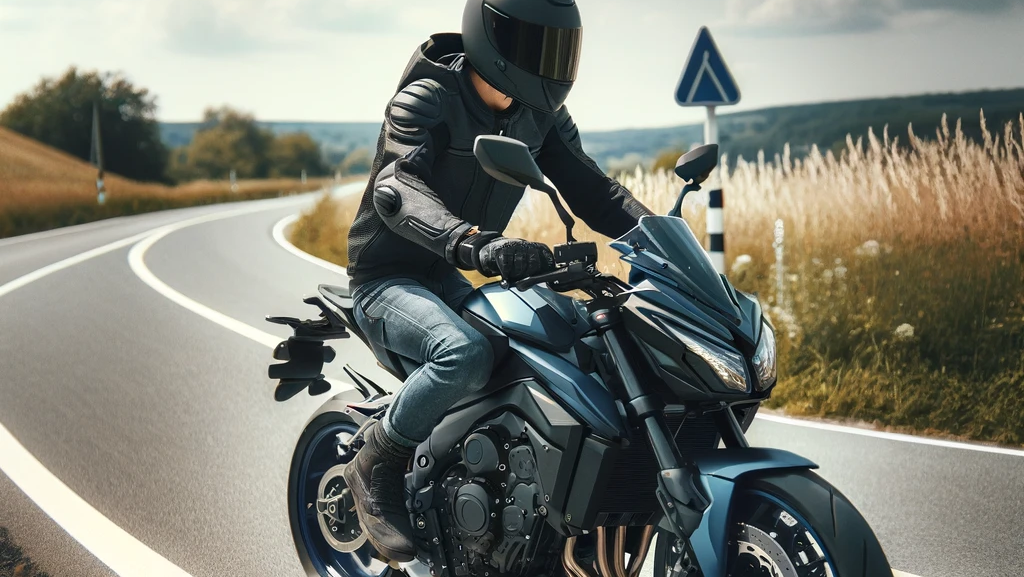Choosing your first beginner motorbike can be an exhilarating yet daunting task. This guide will walk you through everything you need to know to make an informed decision, from understanding different bike types to considering your riding style and budget.
Understanding Different Types of Motorbikes
1. Standard Bikes
Standard bikes, often referred to as “naked bikes,” are versatile and ideal for beginners. Their upright riding position offers comfort and control, making them great for city commuting and occasional highway rides.
2. Cruiser Bikes
Cruisers, inspired by classic American bikes, have a low seat height and a relaxed riding position. They’re perfect for those who prefer a laid-back riding experience. However, their weight might be a bit challenging for some beginners.
3. Sport Bikes
Sport bikes are designed for speed and agility, featuring a forward-leaning riding position. While they look cool and perform well, they might not be the best choice for beginners due to their high power and aggressive stance.
4. Adventure (ADV) and Dual-Sport Bikes
These bikes are built for both on-road and off-road adventures. With a higher seat height and rugged design, they’re suitable for riders who anticipate riding on varied terrains.
5. Touring Bikes
Touring bikes are designed for long-distance travel, offering comfort and storage options. They’re typically heavier and more complex, which might be overwhelming for new riders.
Considering Engine Size
1. Small Displacement (250cc-500cc)
For beginners, a bike with an engine size between 250cc and 500cc is ideal. These bikes offer a good balance of power and control, making them manageable for new riders.
2. Mid Displacement (500cc-750cc)
If you have some prior riding experience or are confident in your skills, you might consider a mid-displacement bike. They offer more power while still being relatively beginner-friendly.
3. Large Displacement (750cc and above)
Large displacement bikes are typically not recommended for beginners due to their high power and weight. They require advanced handling skills and can be intimidating for new riders.
Ergonomics and Comfort
1. Seat Height
Ensure the seat height is appropriate for your leg length. You should be able to place both feet flat on the ground when seated to maintain balance and control.
2. Handlebar Position
The position of the handlebars affects your riding posture. Opt for a bike with handlebars that offer a comfortable and natural reach.
3. Weight
Choose a bike that you can easily handle and maneuver. Heavier bikes can be challenging for beginners, especially at low speeds or while parking.
Budget Considerations
1. New vs. Used Bikes
New bikes come with the latest features and a warranty but are more expensive. Used bikes are more budget-friendly and can be a great option for beginners, though they might require more maintenance.
2. Additional Costs
Remember to factor in the cost of insurance, gear (helmet, jacket, gloves, etc.), and regular maintenance. These can add up quickly and should be part of your budgeting process.
Safety Features
1. Anti-lock Braking System (ABS)
ABS helps prevent the wheels from locking up during hard braking, reducing the risk of skidding. It’s a crucial safety feature, especially for beginners.
2. Traction Control
Traction control helps maintain grip on slippery surfaces, enhancing safety during rides in adverse weather conditions.
3. Crash Protection
Look for bikes with built-in crash protection, such as frame sliders or crash bars. These can help minimize damage in case of a fall.
Test Ride
Before making a final decision, always take a test ride. This will give you a feel for the bike’s handling, comfort, and performance. Pay attention to how the bike responds to your inputs and whether it feels right for you.

